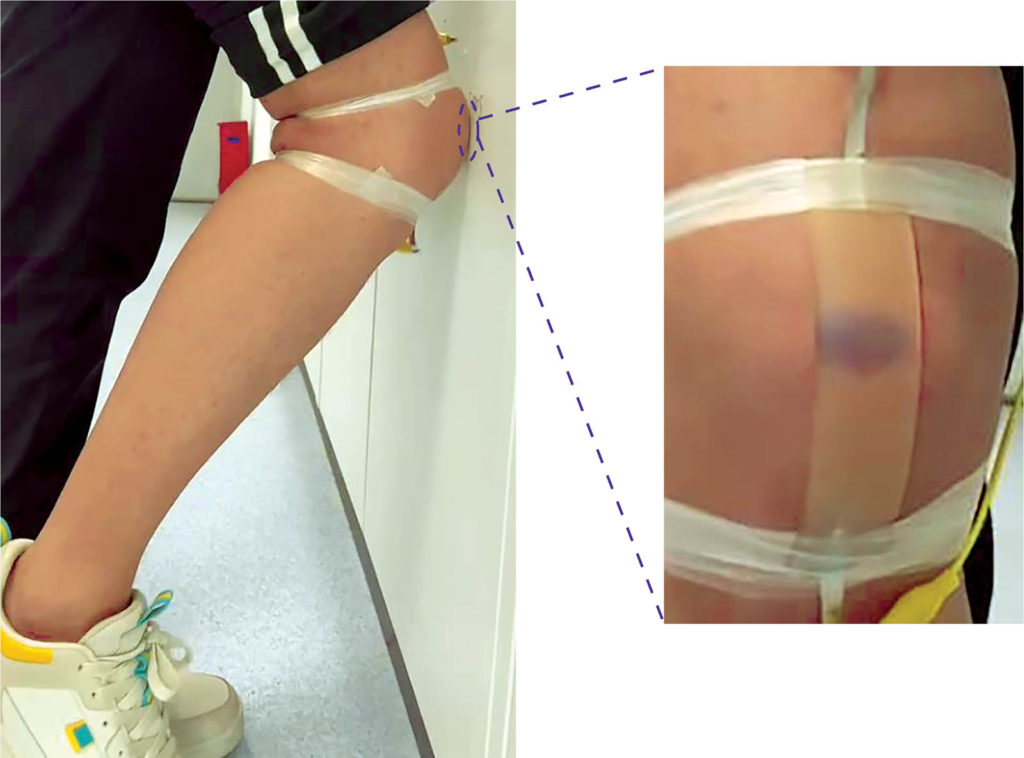
Researchers have developed an artificial skin that senses force through ionic signals and changes color, like a bruise, providing a visual cue of injury. Scientists have previously developed electronic skins (e-skins) that can sense stimuli through electron transmission; however, these electrical conductors are not always biocompatible, which can limit their use in some types of prosthetics. Ionic skins (I-skins) use ions as charge carriers, which is similar to what occurs in human skin. When compared to e-skins, the ionically conductive hydrogels have superior transparency, stretchability and biocompatibility. The new I-skin opens up the possibility of detecting damage more readily in prosthetic devices and robotic applications. The research was conducted by Qi Zhang, Shiping Zhu and colleagues at the Chinese University of Hong Kong, Shenzhen, and published in ACS Applied Materials & Interfaces. Photos: Adapted from ACS Applied Materials & Interfaces 2021, DOI: 10.1021/acsami.1c04911.
 TEXTILES.ORG
TEXTILES.ORG


